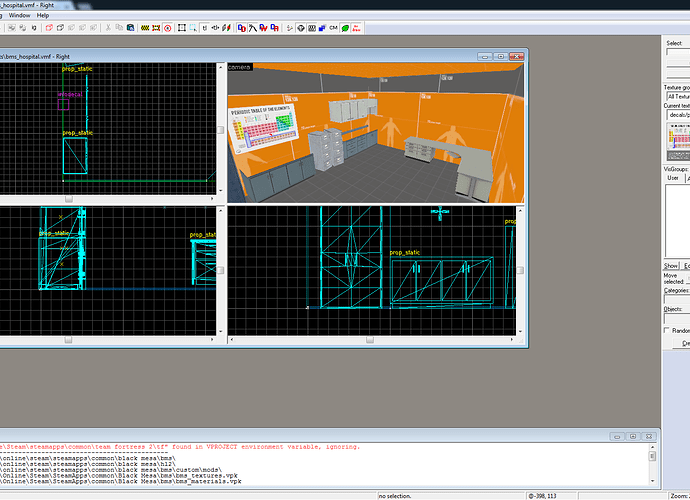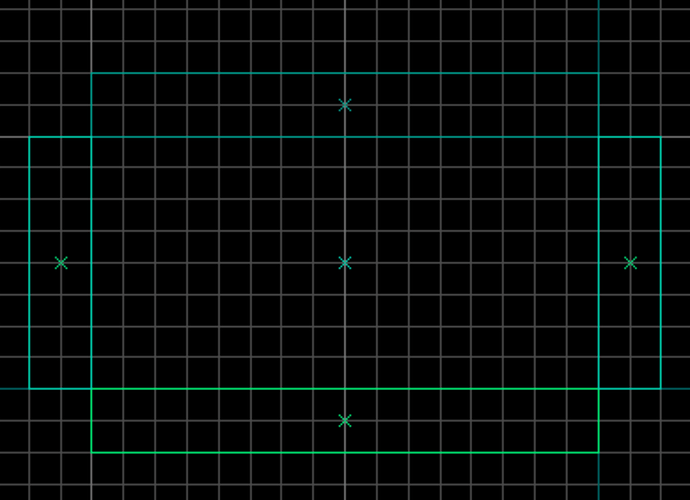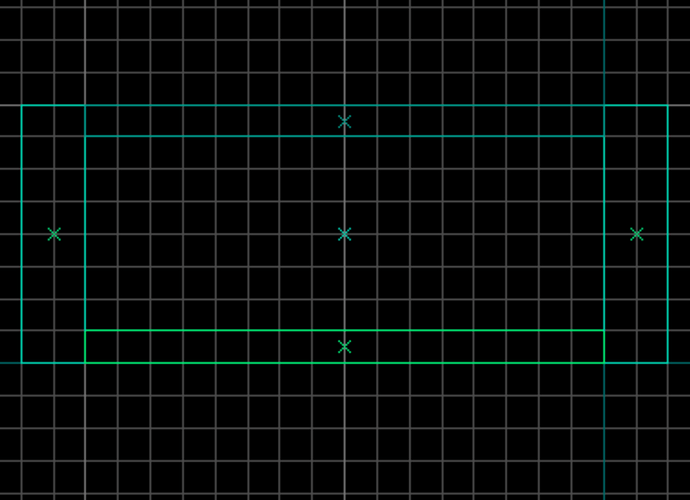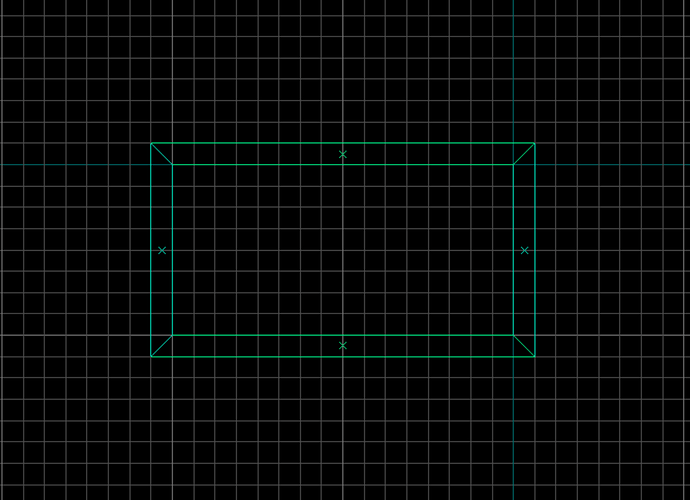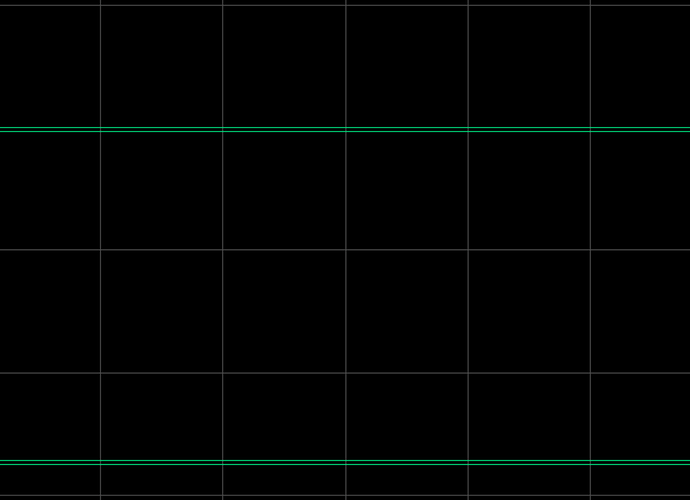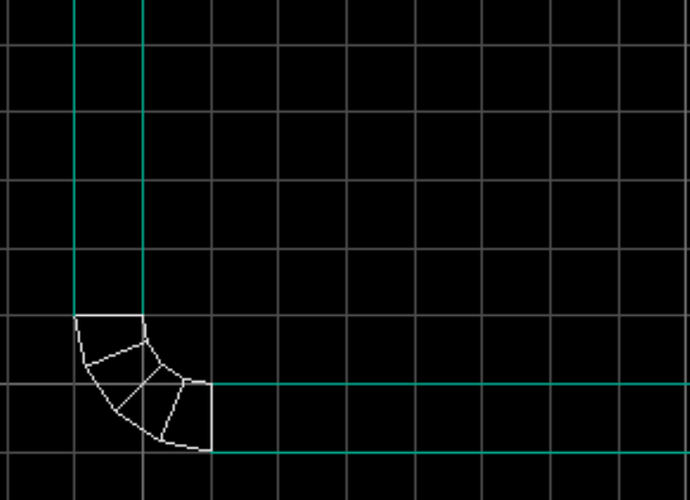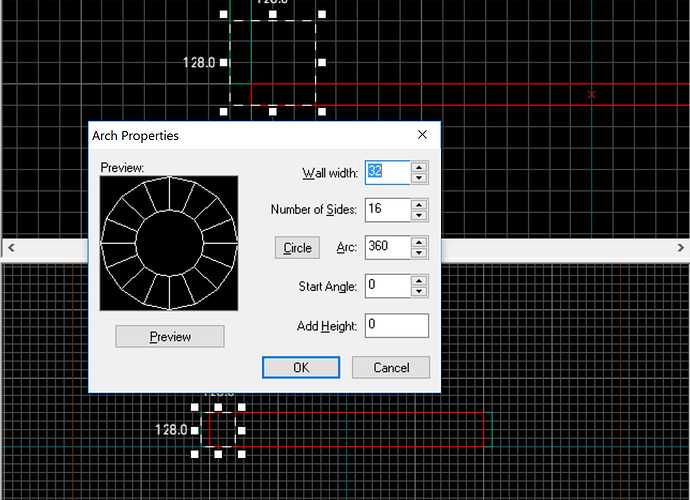I also want to join the “start with something small first” boat. I’ll give you a personal example since it’s similar. Our team also had an idea: “Let’s remake Hazard Course for BMS!” Sounds simple enough, right? I mean, it’s just a training level, how hard could it be? Next thing you know, we’re in development for 3 years on a 30 minute mod, all because we bit off a lot more than we thought. Yeah, we were able to chew and swallow by the end, but at the beginning? Ohohoho, no. Even for something as simple as the Hazard Course, getting it to live up to our goals proved to be a much more complicated task than we’d thought. We were all decent level designers and modelers, but none of us had ever worked on something particularly complex and at length like that. We released HC in 2015, but could not have released anything near the quality we did when the project started. We could have pushed out a simple mappack and called it a day but nobody would have wanted that. We grew as developers, learned (and continue to learn) what to do and what not to do, and eventually put our something we were happy with. But that was after three years of focused improvement. We were close to running out of gas many times.
Now let’s look at Opposing Force. It is gigantic. Think about it, we had a team of 5 for HC, everyone had been working w/ Source for at least a couple years, and it was still quite a challenge for us. It was a 30 minute training chapter. Now let’s take Opposing Force and hover over 1 guy who’s never touched Source. Does that sound like a formula for success? No, you will absolutely crash and burn. I know it’s really frustrating and annoying to be told to hold off on your ambitious ideas for a long while, but trust me, if you want to succeed, it’s not a good idea to directly pursue it right now.
Depending on how you look at it, this might contrast Text’s advice above, but I don’t think you should jump right into your OF remake. Jump into something seemingly tiny and get to work. There’s some neat BM singleplayer maps floating around the Workshop. They’re not overly complex, but they’re absolutely cool, and I think trying to do something like that would help you get started. You’ll get to learn familiarity with the tools and engine, work on workflow, how to make your stuff fun, look pretty, etc, and you’ll start learning how hard it is to do some stuff. You’ll realize what you can’t do so easily, what you need to work on. You’ll realize how much more complicated even simple stuff can start to feel. Shadowing areas will start to feel a little more bright and you’ll know what you could focus on to improve. Plus having a few released maps will help a lot in getting people to help you once you start to think you’re ready to take on the big one. You’ll be able to let people know, “Hey, I’m for real, I’m not gonna be awful like every other OF remake.”
And as a side-note, it’s been mentioned before that there’s already a bunch of other OF for BM remakes, it’s gonna be harder to get everyone to believe you won’t suck. So you definitely don’t want to suck too much when you start. There’s a incarnation of an OF for BM remake floating around now, and that team is the perfect example of who you don’t want to be: They’re in over their heads, they’re not experienced enough to come to terms with it, so they keep restarting every time they realize a new obstacle, and they’re never gonna make progress if they go the way they have been. “We realized our team members were being lazy so we restarted.” “We realized we don’t have BM code so we restarted,” “We realized this was gonna be hard so we restarted.” And guess what? No one takes them seriously right now. Don’t do that. Cut your teeth, learn teamwork, learn how to do what you need to do. Learn what you can and can’t do with your tools and engine.

